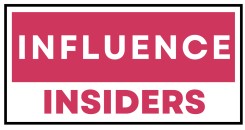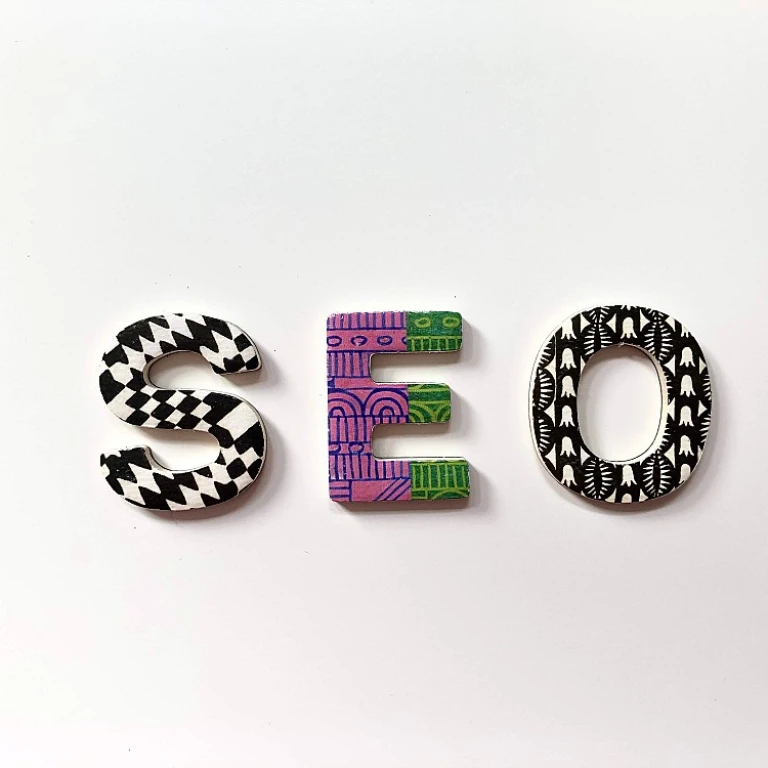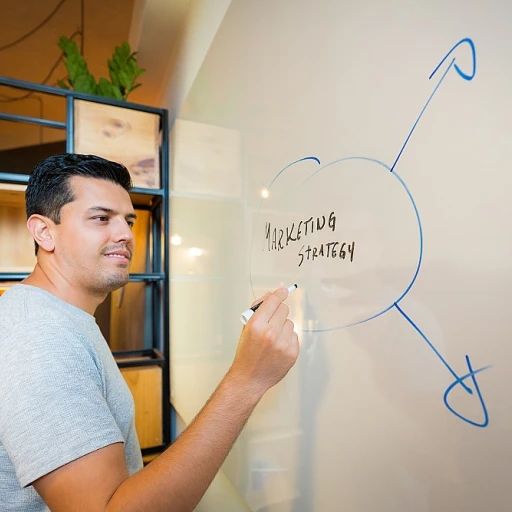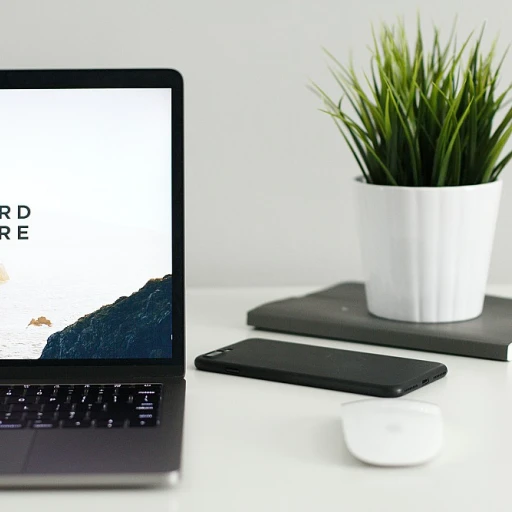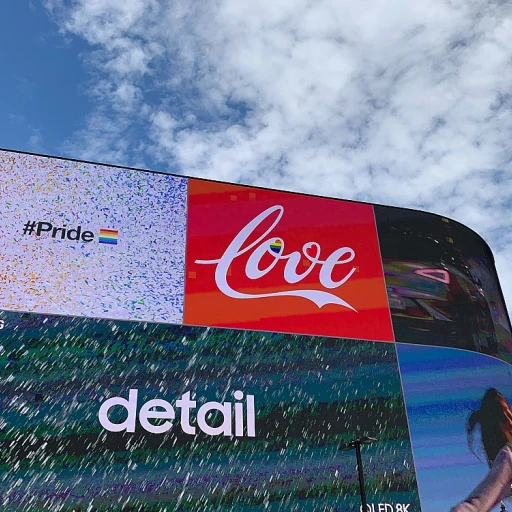
Understanding Influencer Collaborations
Defining Influencer Partnerships
The landscape of influencer marketing has evolved significantly, and at the heart of this transformation lies the concept of paid collaborations between brands and influencers. These strategic partnerships are built on the mutual benefit of audience reach and authentic content creation. By understanding what drives influencer collaborations, businesses can harness the power of social media to boost brand awareness and engagement.
In this form of marketing, influencers lend their voice and creative flair to promote a brand’s products or services. Collaborations typically fall under an agreement where both parties establish the scope of work and the nature of content to be produced. Sponsored posts and content generation become integral aspects as influencers tailor their posts to reflect the brand’s messaging in an engaging manner.
Specific examples of collaborations range from short-term initiatives to expansive long-term partnerships. Whether it’s through sponsored content examples, product reviews, or event participation, influencers have the flexibility to explore various methods to captivate their audience.
In this realm, an influencer’s media presence goes beyond mere posting. These collaborations often involve detailed planning and creative execution to ensure that the results resonate well with their audience. Understanding the nuances of such partnerships opens doors to crafting compelling marketing campaigns, ultimately increasing brand influencer engagement rates and building a loyal audience base.
Sponsored Content Examples
Sponsored Content and Influencer Marketing
In the dynamic world of social media, sponsored content plays a crucial role in influencer marketing. Brands are increasingly turning to influencers to create authentic posts that resonate with their audience. This collaboration often involves a mutual understanding of goals, scope of work, and the creation of engaging content that aligns with the brand's identity. One prevalent form of collaboration involves paid posts where influencers showcase products, services, or experiences to their followers. These posts are meticulously crafted to integrate seamlessly into the influencer's personal brand, ensuring authenticity and maintaining high engagement rates among their audience. Several examples highlight how influencers execute these paid collaborations. By embedding products within their lifestyle content, influencers create a narrative that is both organic and persuasive. This example of influencer collaboration not only boosts brand awareness but also sets clear intentions for potential consumers, ultimately driving conversions. Influencers also utilize their platform to generate buzz around specific marketing campaigns. By leveraging their followers, they extend the campaign's reach, creating significant social media impact. The brands involved benefit from the influencer's unique ability to speak directly to their community, building trust and credibility. To gain deeper insights into the mechanics of influencer collaborations, and to explore how to unlock synergy in these partnerships, don't miss out on our ultimate guide to influencer collaboration. This guide covers the strategic nuances and effective methods for successful collaborations.Product Reviews and Unboxings
Unveiling the Influence of Product Reviews and Unboxings
In the ever-evolving realm of influencer marketing, product reviews and unboxings have emerged as a popular method for brands to showcase their offerings. These content pieces go beyond mere advertisement; they provide influencers an opportunity to engage with their audience in a genuine manner while promoting brand awareness.
One of the remarkable aspects of this collaboration is how it fits into a specific influencer's niche, allowing them to create content that resonates with their followers. As influencers articulate their personal experiences with a product, audiences are often more receptive, viewing such posts as authentic rather than outright sponsorship. Engagement rates tend to be higher when influencers deliver these reviews in an engaging manner, fostering a sense of community among their followers.
Brands need to consider the scope of work clearly within influencer agreements, ensuring that all parties are aligned on the type of content and expectations. This transparency not only helps in producing genuine and impactful posts but also develops trust between the brand and the influencer.
Although this method of marketing provides enormous benefits, being mindful of pros and cons is essential. Pros include increased trust and specific audience targeting, while cons might involve risks of misalignment or negative feedback if the product does not meet expectations. However, when executed effectively, these collaborations can significantly elevate a brand's profile through the influencer's media presence.
Event Collaborations
Engaging Audiences Through Event Collaborations
Event collaborations offer a dynamic way for influencers to connect with their audience while promoting a brand. These collaborations often involve influencers attending or hosting events, creating engaging content that captures the essence of the experience. This type of collaboration can significantly boost brand awareness and engagement rates, as it allows followers to experience the event through the influencer's perspective.
One of the key advantages of event collaborations is the opportunity for influencers to create authentic and spontaneous content. Unlike other forms of influencer marketing, such as sponsored posts or product reviews, event collaborations provide a more immersive experience. Influencers can share real-time updates, behind-the-scenes glimpses, and live interactions, which can enhance the authenticity of the content.
For brands, partnering with influencers for events can be a strategic move to reach specific audiences. By selecting influencers whose followers align with the brand's target demographic, companies can maximize the impact of their marketing campaigns. This approach not only increases the scope of work but also ensures that the content resonates with the intended audience.
However, there are pros and cons to consider. While event collaborations can lead to high engagement, they require careful planning and coordination. Brands and influencers must set clear expectations and establish an influencer agreement that outlines the scope of work, including deliverables and timelines. This ensures that both parties are aligned and can work together effectively to achieve the desired outcomes.
In conclusion, event collaborations are a powerful tool in the influencer marketing toolkit. They offer a unique way to engage audiences and create memorable experiences that can elevate a brand's presence on social media. By leveraging the creativity and reach of influencers, brands can create campaigns that not only capture attention but also foster genuine connections with their audience.
Long-term Brand Partnerships
Establishing Enduring Connections with Brands
One of the most impactful strategies in influencer marketing is developing long-term brand partnerships. This approach allows influencers to create content that resonates deeply with their audience over time, enhancing brand awareness and engagement. Rather than a one-off campaign or specific collaboration, long-term alliances can solidify a brand’s presence in the influencer's narrative.
A successful long-term partnership often involves the influencer acting as a brand ambassador, where regular and relatable content is created. Influencers who align genuinely with the brand values can tell stories that promote continued audience interest. This consistent presence not only fosters trust among followers but also reinforces the brand’s message with repeated exposure.
Here are some of the key factors influencers and brands should consider when establishing these enduring collaborations:
- Audience Alignment: It is crucial that the influencer’s audience matches the brand's target market to ensure high engagement rates and effective communication.
- Clear Expectations: Both parties should define the scope of work, including the frequency and nature of posts, to set clear guidelines and avoid misunderstandings.
- Authenticity: Influencers should have the creative freedom to express the brand’s message in a way that maintains their unique voice, enhancing the authenticity of the content.
- Performance Assessment: Regular reviews of collaboration performance, such as tracking engagement metrics, are essential to ensure the partnership remains beneficial for both influencer content strategy and brand objectives.
Successful influencer agreements can bring significant advantages for both parties, creating a continuous cycle of engagement and interest. Brands benefit from influencers' ability to maintain loyalty with their followers, while influencers can enjoy a steady stream of work and recognition in the crowded landscape of social media marketing.
